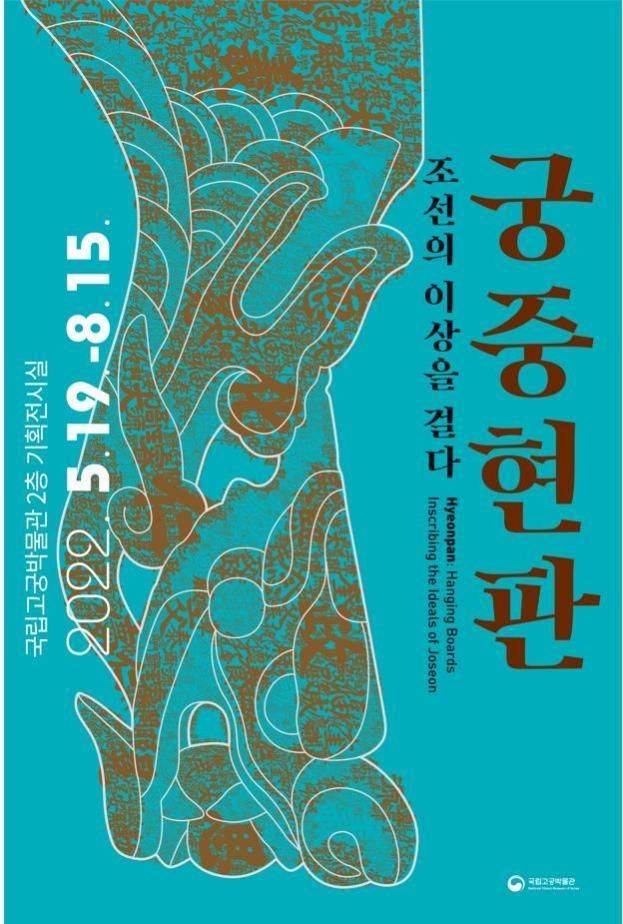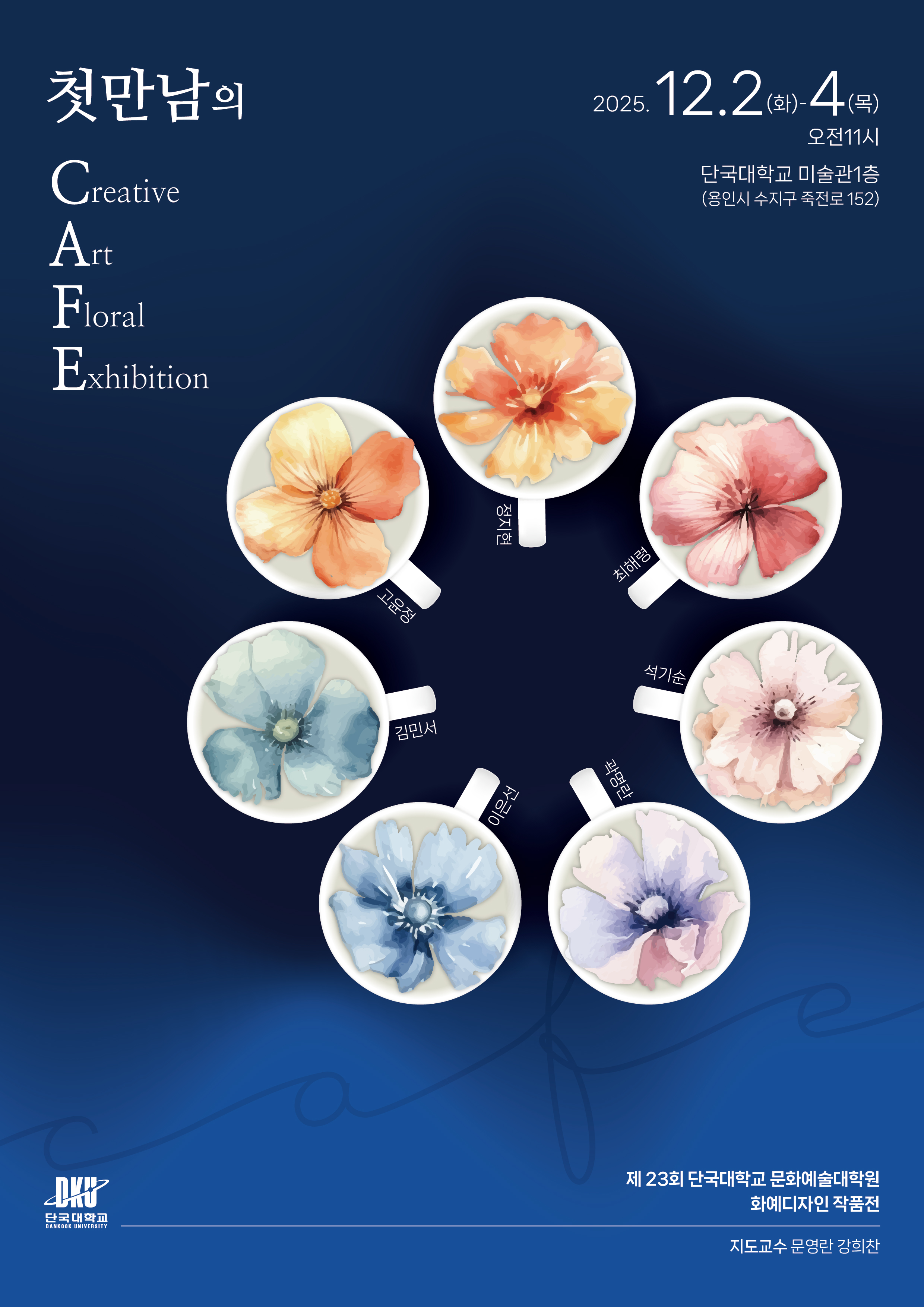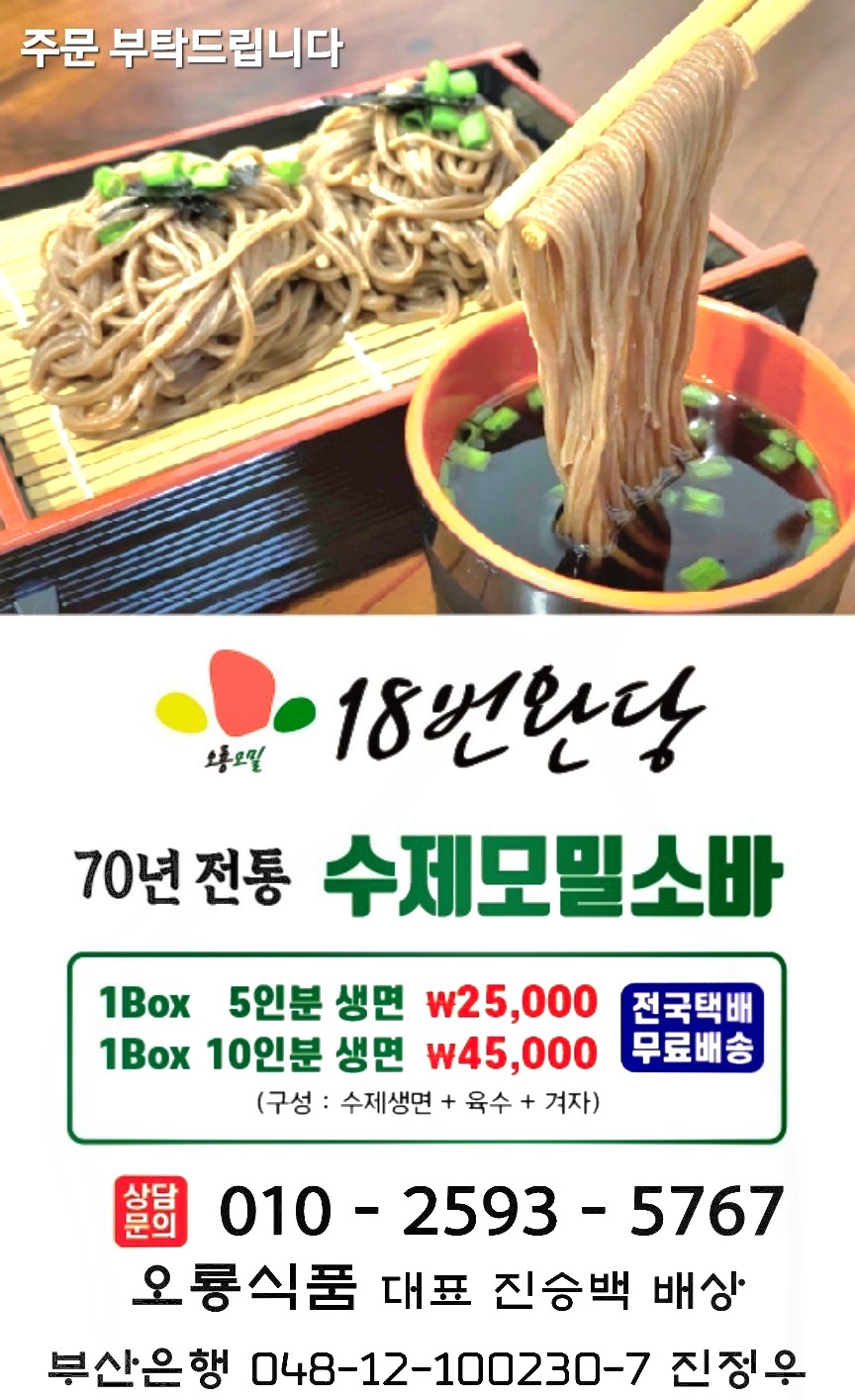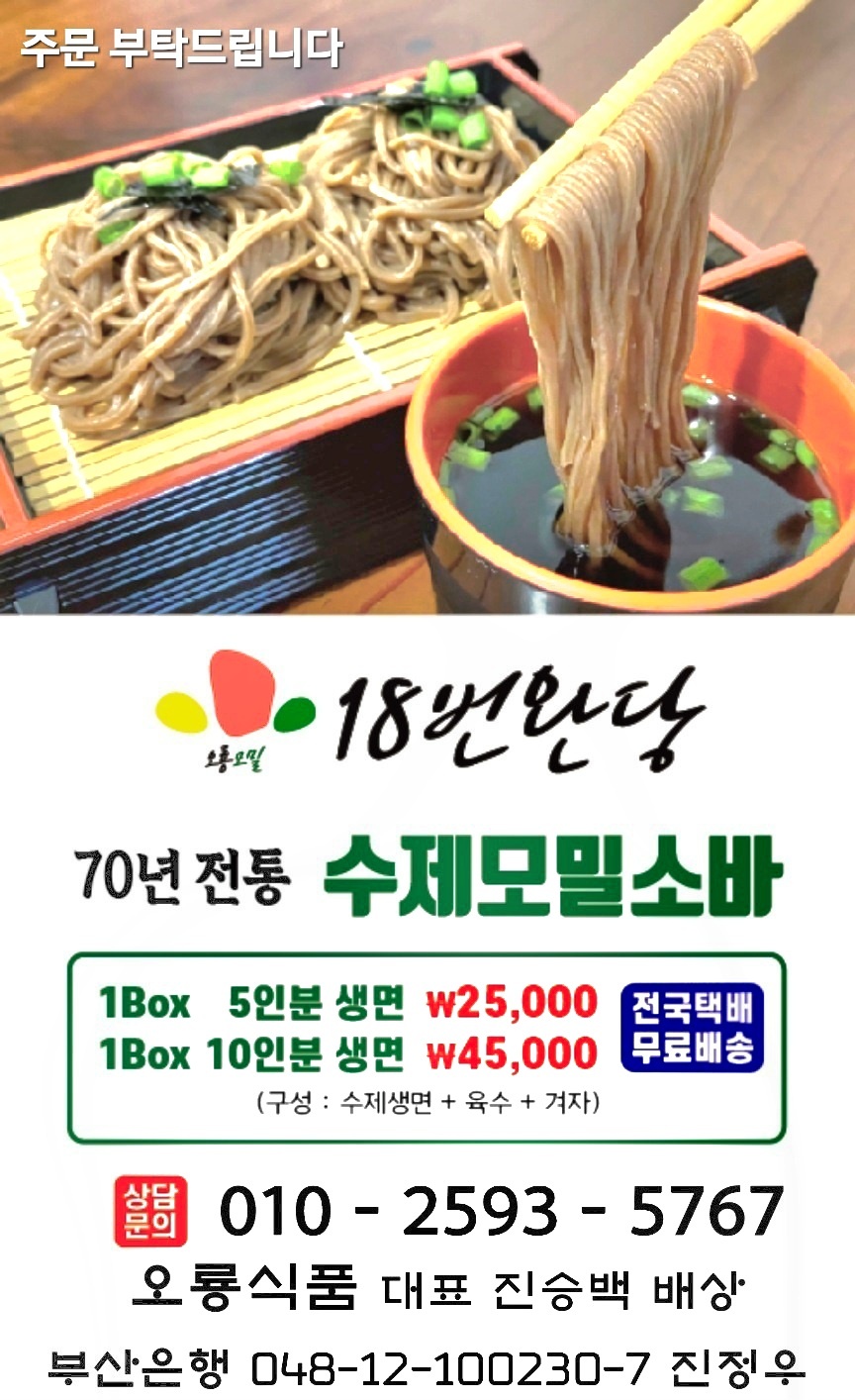문화재청 국립고궁박물관(관장 김인규)은 5월 18일부터 8월 15일까지 박물관 기획전시실에서 「조선의 이상을 걸다, 궁중 현판」 특별전을 개최한다. 이번 전시는 2018년에 ‘유네스코 세계기록유산 아시아태평양 지역목록’에 등재되었던 81점의 궁중 현판과 국보 『기사계첩(耆社契帖)』 등 관련 유물을 포함해 현재 국가무형문화재 각자장(刻字匠)이 사용하는 작업 도구 등 총 100여 점의 전시품을 선보인다.
* 기사계첩: 1719년(숙종 45)에 숙종이 기로소(耆老所)에 들어간 것을 기념하여 만든 첩 형태의 책
* 각자장: 나무판에 글자나 그림을 새기는 장인으로 현판을 제작하는 역할을 담당
전시 구성은 ▲ 머리말(이하 프롤로그) ‘궁중 현판, 우리 곁으로 내려오다’, ▲ 1부 ‘만들다’, ▲ 2부 ‘담다’, ▲ 3부 ‘걸다’, ▲ 마무리(이하 에필로그) ‘현판, 시대를 넘어 함께하다’ 등 5부로 되어있다. 이번 전시에는 그동안 국립고궁박물관 수장고에 보관된 궁중 현판이 한 장소에 등장한다는 점에서 의미가 있다.
구체적으로는 먼저, ▲ 프롤로그 ‘궁중 현판, 우리 곁으로 내려오다’에서는 일제강점기부터 훼손된 궁중 현판이 국립고궁박물관에 보관되기까지의 역사를 영상으로 보여줘 우리 문화유산의 보존에 대한 중요성을 일깨워준다. 또한, 근대사의 상징적인 공간이었던 경운궁(현 덕수궁)의 정문에 걸렸던 ‘대안문(大安門) 현판’을 통하여, 격동하는 역사 속에서 ‘크게 편안’하기를 바랐던 당시 사람의 소망을 느낄 수 있다. 이 현판은 국립고궁박물관이 소장하고 있는 현판(124x374cm) 가운데 가장 큰 현판이다.
▲ 1부 ‘만들다’에서는 현판의 글씨와 재료, 제작 기법을 보여주고 있으며, 현판 제작의 전통을 이어가는 장인을 조명한다. 현판은 각자장, 단청장 등이 만들었는데, 이들의 전통적인 제작 방식을 영상을 통하여 만날 수 있다. 그리고 왕부터 당대 명필, 내시에 이르기까지 다양한 사람이 참여한 현판 글씨도 소개한다. 이 가운데 특히 당대 명필인 한호(韓濩, 1543~1605년)가 쓴 ‘의열사기(義烈祠記) 현판(1582년 제작)’은 박물관에서 소장하고 있는 현판 가운데 가장 오래된 것이다.
* 의열사기 현판: 백제 의자왕 때와 고려 공민왕 때 충신을 모신 사당인 의열사의 내력을 새긴 현판
▲ 2부 ‘담다’는 왕도 정치의 이념이 드러난 현판을 내용적인 면에서 네 개의 주제로 나누어 조명하고 있다. ‘성군의 도리를 담다’는 성군(聖君)이 되고자 학문에 매진하는 왕과 세자의 모습, ‘백성을 위한 마음을 담다’에서는 백성의 생활을 안정시키고 인륜을 가르치기 위한 교화(敎化)의 노력, ‘신하와의 어울림을 담다’에서는 왕권(王權)과 신권(臣權) 사이의 견제와 균형을 이루고자 한 왕의 노력, ‘효를 담다’에서는 효(孝) 사상을 담은 부모에 대한 효심과 추모 등에 대한 내용이 공개된다.
▲ 3부 ‘걸다’는 다양한 기능의 궁중 현판을 한 벽면에 연출해 압도적인 공간을 구성한다. 왕이 신하에게 내린 명령과 지침, 관청의 업무 정보와 규칙, 소속 관리 명단과 업무 분장, 국가 행사 날짜를 새긴 현판 등은 당시에 게시판이나 공문서 같은 기능을 하였다. 또한, 왕의 생각과 감정을 공공에 드러내는 매체로 활용하였던 왕의 개인적인 감회나 경험을 읊은 시를 새긴 현판도 볼 수 있다. 이러한 현판을 통하여 끊임없이 소통하고자 하였던 당시 조선 왕실의 모습을 엿볼 수 있다.
▲ 에필로그 ‘현판, 시대를 넘어 함께하다’는 우리 주변에 걸려있는 현판의 모습과 그 안에 가치를 담아 지켜나가는 사람의 모습을 사진과 영상으로 소개한다. 과거와 시대, 상황이 크게 변하였지만 소통에 대한 끊임없는 욕구는 오늘날 우리의 모습과 크게 다르지 않음을 느낄 수 있다.
이번 전시에서도 다양한 매체를 활용하여 현판을 쉽게 이해할 수 있도록 하였다.『원행을묘정리의궤(園幸乙卯整理儀軌)』에 나오는 「홍화문사미도(弘化門賜米圖)」그림과 관련 문헌기록을 바탕으로 창경궁의 정문인 홍화문 앞에서 왕이 백성에게 쌀을 나눠주던 장면 등을 만화영상으로 보여줘 관람객에게 ‘홍화’의 뜻을 쉽게 이해할 수 있도록 하였다. 그리고 여러 현판의 이름을 한눈에 이해할 수 있는 영상도 상영한다.
* 홍화(弘化): 덕을 넓혀 백성을 감화시키고 넓힘
관람객이 참여할 수 있는 공간으로는 창덕궁과 창경궁의 배치도인 <동궐도>를 배경으로 관람객이 직접 현판의 글씨를 디지털 기술로 쓸 수 있는 공간을 마련하였다. 이 밖에도 유튜브를 통하여 전시를 기획한 전시해설사(큐레이터)와 디자이너의 전시 해설, 장인들의 인터뷰 영상을 제공하고, 전시실 전체를 가상현실(VR)로도 볼 수 있게 할 예정이다. 또한 특별전과 연계하여 한국문화재재단(이사장 최영창)과 협업으로 문화상품 4종(핸드폰 목걸이 끈, 고리 장신구, 명찰 목걸이 묶음, 배지)을 제작․판매한다.
* 문화재청 유튜브: https://www.youtube.com/chluvu
* 국립고궁박물관 유튜브: https://www.youtube.com/gogungmuseum
* 한국문화재재단 판매 누리집: https://khmall.or.kr/
문화재청 국립고궁박물관은 이번 전시를 통하여 관람객이 조선 왕실과 지배층이 국가를 번성시키고 조화로운 정치를 펼치기 위한 소망을 현판에 담았음을 이해하고, 오늘날 자신의 공간에 대한 꿈을 한번쯤 생각할 수 있는 계기가 되었으면 한다.
National Palace Museum of Korea Presents the Special Exhibition Hyeonpan: Hanging Boards Inscribing the Ideals of Joseon
- More Than Eighty Royal Hanging Boards from the Joseon Dynasty Including “Hanging Board from Daeanmun Gate” to Be Showcased from May 19 through August 15-
From May 18 to August 15, the National Palace Museum of Korea (Director: Kim In Kyu), an affiliate of the Cultural Heritage Administration of Korea, is presenting a special exhibition entitled Hyeonpan: Hanging Boards Inscribing the Ideals of Joseon in its Special Exhibition Gallery. The exhibition presents some one hundred items, including eighty-one royal hanging boards that were inscribed in 2018 on UNESCO’s Memory of the World Register for Asia and the Pacific and related relics such as the nationally designated treasure Gisa gyecheop* and tools for gakjajang.*
*Gisa gyecheop: A painting album made in 1719 (the 45th year of the reign of King Sukjong) in commemoration of King Sukjong’s entry into the Giroso (the Office of Elders).
*Gakjajang: Master artisans who engraved letters or images on wooden boards and otherwise carried out the production of hanging boards.
The exhibition is comprised of five sections Prologue: Royal Hanging Boards Brought Down to Us; Part I: Making Hanging Boards; Part II: Embodying Ideals; Part III: Hanging Boards; and Epilogue: Hanging Boards Becoming Part of Life by Transcending Time. The exhibition is particularly meaningful in that it brings together and showcases the royal hanging boards housed in the storage of the National Palace Museum of Korea.
The introduction area, “Royal Hanging Boards Brought Down to Us,” presents a video highlighting the history of the Joseon-era royal hanging boards. It covers the time from the damage that they suffered during the period of Japanese occupation until their becoming part of the collection of National Palace Museum of Korea, reminding us of the importance of safeguarding and preserving cultural heritage. The Hanging Board from Daeanmun (Gate of Great Comfort) that had been hung on the main gate of Gyeongungung Palace (present-day Deoksugung Palace), which was a symbolic site in modern Korean history, offers visitors an understanding of the wishes of the people at the time who desired to be ‘greatly comforted’ under turbulent circumstances. This is the largest hanging board (124×374 cm) in the National Palace Museum of Korea collection.
The first section, “Making Hanging Boards,” presents the calligraphic styles, materials, and production techniques of hanging boards and sheds light on the artisans sustaining the tradition of the production of hanging boards. Hanging boards were made by artisans with specialties including calligraphic engraving and ornamental painting. The traditional production methods are presented in a video. Also introduced in this section is calligraphy on hanging boards based on models created by diverse figures ranging from kings, renowned calligraphers, and even eunuchs. Among them, Hanging Board with a Record on a Shrine to Patriotic Heroes (produced in 1582)* was written by the noted calligrapher Han Ho (15431605) and is the oldest example in the museum’s collection.
*Hanging Board with a Record on a Shrine to Patriotic Heroes: A hanging board inscribed with the history of Uiyeolsa, a shrine dedicated to loyal subjects during the reign of King Uija of the Baekje Kingdom and of King Gongmin of the Goryeo Dynasty.
The second section, “Embodying Ideals,” contains four themes that highlight hanging boards displaying the ideology of governance by virtue. The subsection “Hanging Boards that Reflect the Duties of a Sage Ruler” presents examples displaying the striving of kings and crown princes toward becoming a sage ruler through learning; “Hanging Boards that Reflect a King’s Affection for His People” presents examples of efforts to stabilize the lives of the people and educate them on morality; “Hanging Boards that Reflect the Ties between a King and His Subjects” presents examples of kings’ efforts to achieve a balance between sovereign power and the autonomy of subjects; and “Hanging Boards that Reflect Filial Piety” presents examples of respect for and honoring parents and ancestors as part of the practice of filial piety.
The third section, “Hanging Boards,” contains an impressive display that brings together royal hanging boards with diverse functions on a single wall. Hanging boards sometimes functioned as a sort of bulletin board or official document, for example those featuring a king’s orders and guidelines for his subjects, the assigned duties and rules for government offices, lists of officials and their tasks, and dates of national events. Those with a king’s personal feelings or experiences served as a window through which the king could reveal his thoughts and feelings to the public. These hanging boards demonstrate how the Joseon royal court attempted to regularly communicate with the people.
The final part of the exhibition, “Hanging Boards Becoming Part of Life by Transcending Time,” uses photographs and videos to explore the hanging boards that we find around us today and the people working to safeguard them and preserve their value. This section demonstrates that the demand for communication in the past was not so different from that of the present even though times and circumstances have changed significantly.
The exhibition offers diverse media content to enhance the understanding of hanging boards. An animated video of a scene of King Jeongjo distributing rice to the people in front Honghwamun Gate (the main gate of Changgyeonggung Palace) was produced based on written records of the scene (Honghwamun samido) from the Royal Protocol of King Jeongjo’s Visit to His Father’s Tomb in the Eulmyo Year. It is presented to help visitors better understand the meaning of honghwa.* Also on view is a video that helps visitors to understand the names of various hanging boards.
*Honghwa: Inspiring the people through the exercise of virtue
There is also a participatory space in which visitors can try their hands at writing hanging boards using digital technology. The hanging boards they design will appear on a large wall featuring an image based on Eastern Palaces, a painting depicting the layout of Changdeokgung and Changgyeonggung Palaces. Moreover, videos including a curator-guided tour of the exhibition and interviews with master artisans will be available on YouTube. Virtual reality (VR) components presenting panoramic views of the gallery will also be unveiled. Four products (a phone strap, keychain, cardholder necklace, and badge) produced in collaboration with the Korea Cultural Heritage Foundation (Chairperson: Choi Young-chang) will be available for purchase.
*Cultural Heritage Administration YouTube: https://www.youtube.com/chluvu
*National Palace Museum of Korea YouTube: https://www.youtube.com/gogungmuseum
*Korea Cultural Heritage Foundation website for purchase of goods: https://khmall.or.kr/
The National Palace Museum of Korea hopes that this exhibition will serve as an opportunity for visitors to better understand how the Joseon royal court and the ruling class embedded their wishes for harmonious governance and the prosperity of the nation on hanging boards and to think about their own desires for their personal spaces.

<안내 홍보물>













